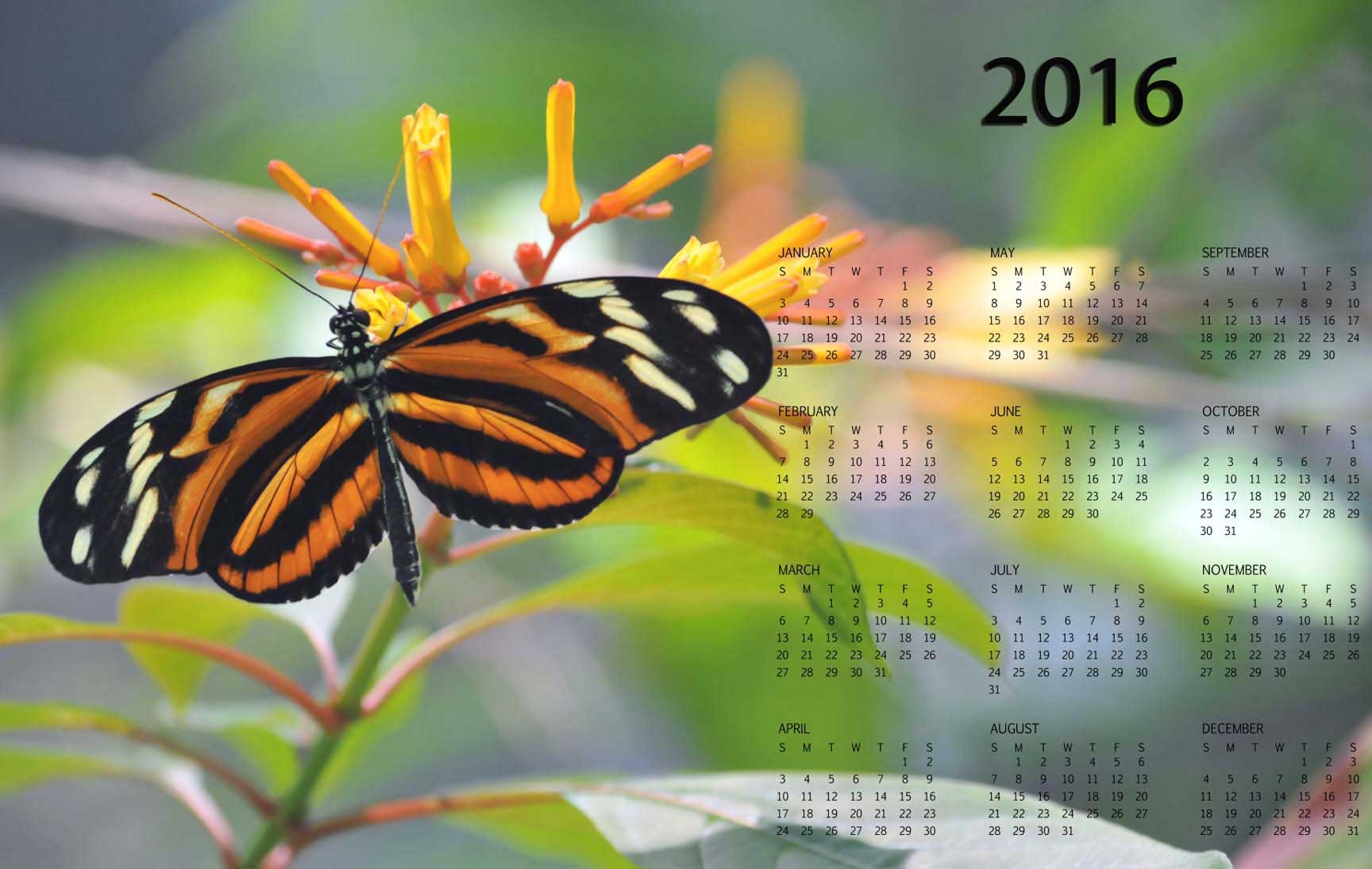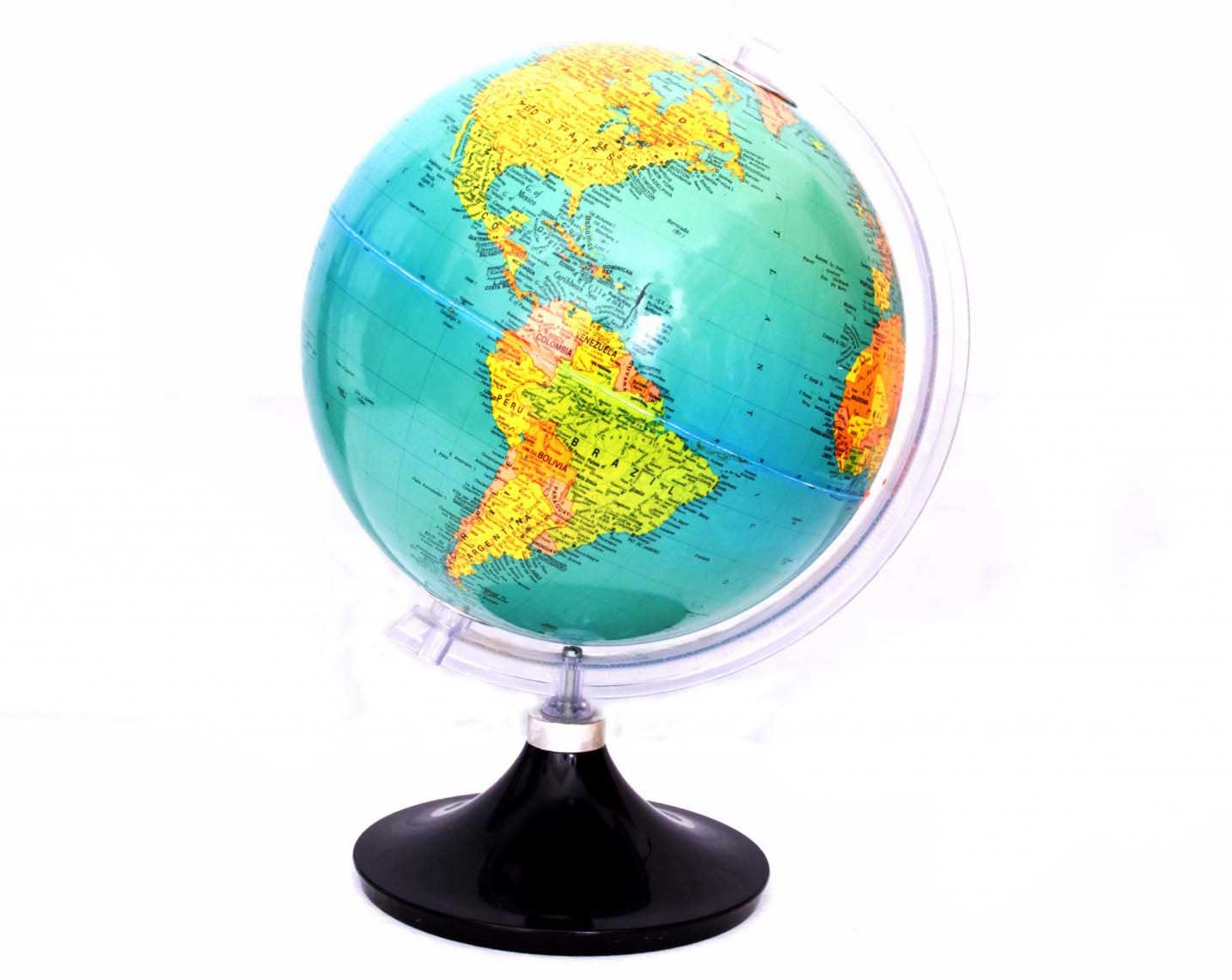First grade: What your child should know
No two kids are alike. It's OK for children to be at different levels. A child's unique differences should be welcomed and accepted. Also keep in mind, that a child's level of readiness in August will be very different from what it is in December, for example. It does, however, help to have a rough idea of which academic and social skills your child should acquire at his or her grade level.




By the end of the year, you can expect your child to:
Math & Geometry & Measurement
- Recognize and write numbers up to 100
- Count by 2, 5, 10 to 100
- Mentally add numbers to 10 and subtract to 20
- Recognize shapes
- Tell time to the hour and half hour
- Identify, describe, and reproduce patterns with numbers, shapes, colors, or words
- Use simple graphs to record information
- Recognize these mathematical symbols: “+”, “=”, “< ”,”> ”
- Read thermometers and use measuring tools like rulers
- Understand calendar
- Know the days of the week and months of the year
- Know the value of a penny, nickel, dime and quarter
- Understand and use comparative words (long and short, heavy and light, etc.)
Social Studies
- Locate the USA, continents, and oceans on a large map or globe
- Know cardinal directions and map key
- Know significant individuals in United States history, 13 colonies
- Know people and events honored in commemorative holidays
- Recognize American symbols (the eagle, Liberty Bell, the flag, etc.)
- Recognize that people use maps, globes and other models to identify and locate places
- Understand the concept of history as real stories of other times, events, places and people (create charts and timelines)
- Have a basic awareness of other cultures and cultural traditions
- Understand broad categories of time (past, present and future)
Science
- Know the colors of the rainbow
- Explore the senses — hearing, sight, smell, touch, and taste
- Explore the life cycle of living things, such as frogs or butterflies
- Use tools such as a magnifying glass, ruler, and balancing scale
- Distinguish between living and non-living things
- Compare and describe the structural characteristics of plants and animals
- Recognize how people impact the Earth, conservation, recycling, reducing pollution
- Know that the Sun supplies heat and light energy to the Earth
Reading & Writing & Comprehension
- Recognize sight words
- Read simple sentences
- Distinguish between capital and lowercase letters
- Understand simple punctuation marks (period, question mark, etc.)
- Recognize rhymes and rhyming patterns
- Retell a simple story
- Distinguish fact from fiction
- Locate the title, author name, illustrator name and table of contents
- Sort common words into categories (e.g., numbers, colors, shapes)
- Understand basic characteristics of fables, stories and legends
- Identify story elements of setting, plot, character and conflict (where, when, what, who and why)
- Handle writing tools correctly
- Build simple words and sentences
- Copy or write familiar words
- Recite nursery rhymes, finger plays and songs
- Participate in discussions and conversations, ask questions
- Distinguish between asking and telling
- Use complete sentences
- Retell a simple story with basic elements of beginning, middle, end
